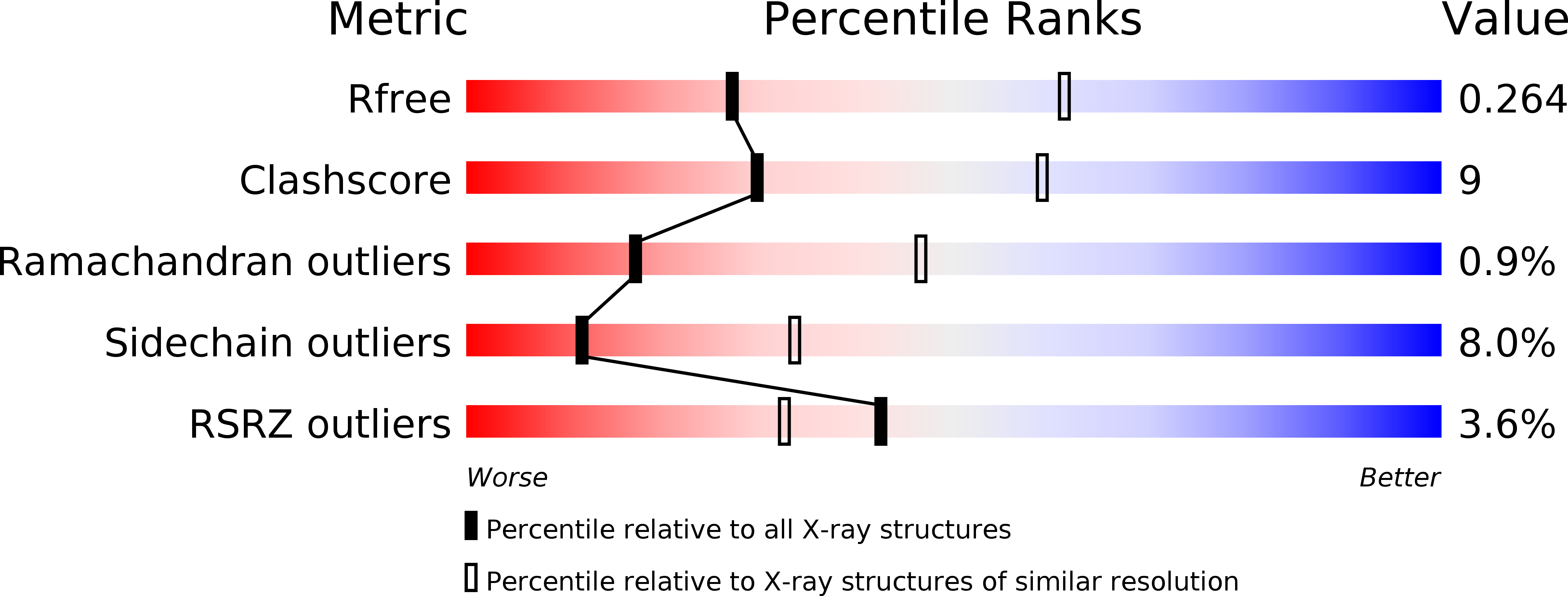
Deposition Date
2013-05-28
Release Date
2014-08-06
Last Version Date
2023-09-20
Entry Detail
PDB ID:
4KY4
Keywords:
Title:
Crystal structure of non-classical TS inhibitor 2 in complex with Toxoplasma gondii TS-DHFR
Biological Source:
Source Organism:
Toxoplasma gondii (Taxon ID: 5811)
Host Organism:
Method Details:
Experimental Method:
Resolution:
2.79 Å
R-Value Free:
0.26
R-Value Work:
0.21
R-Value Observed:
0.22
Space Group:
P 1


